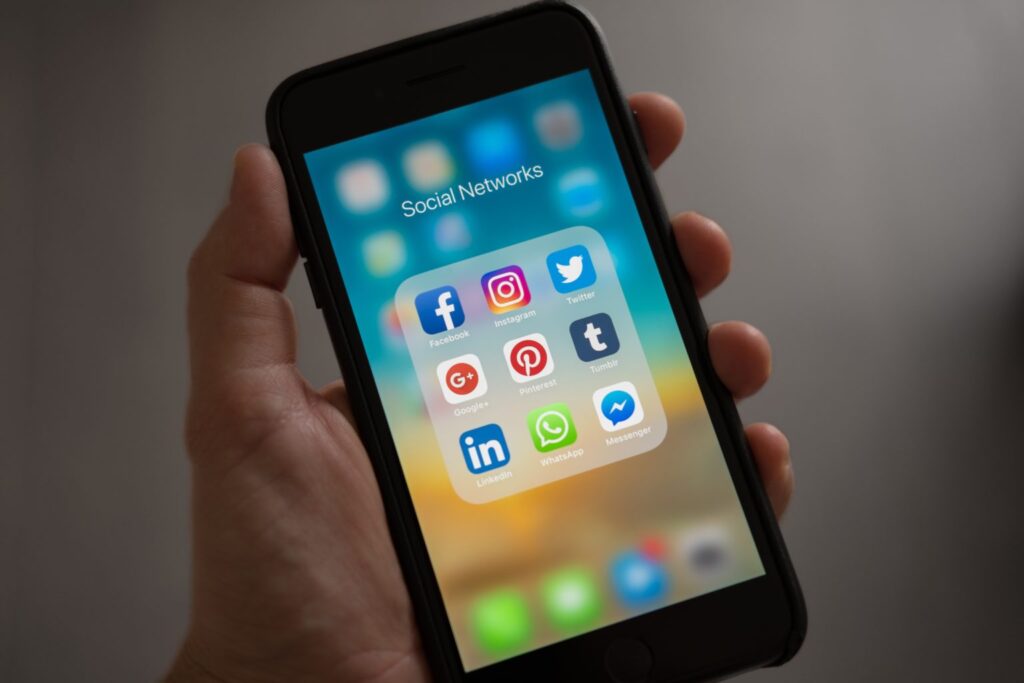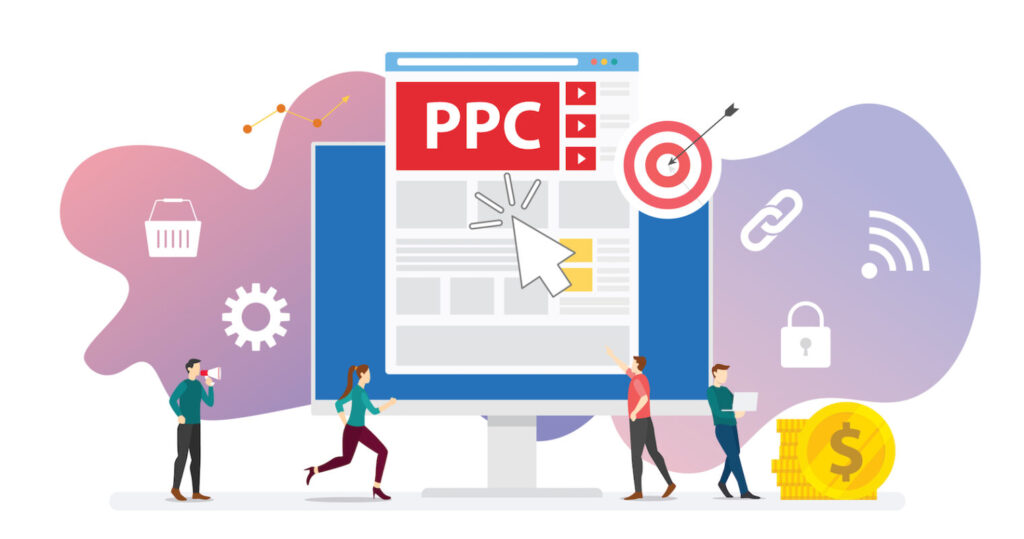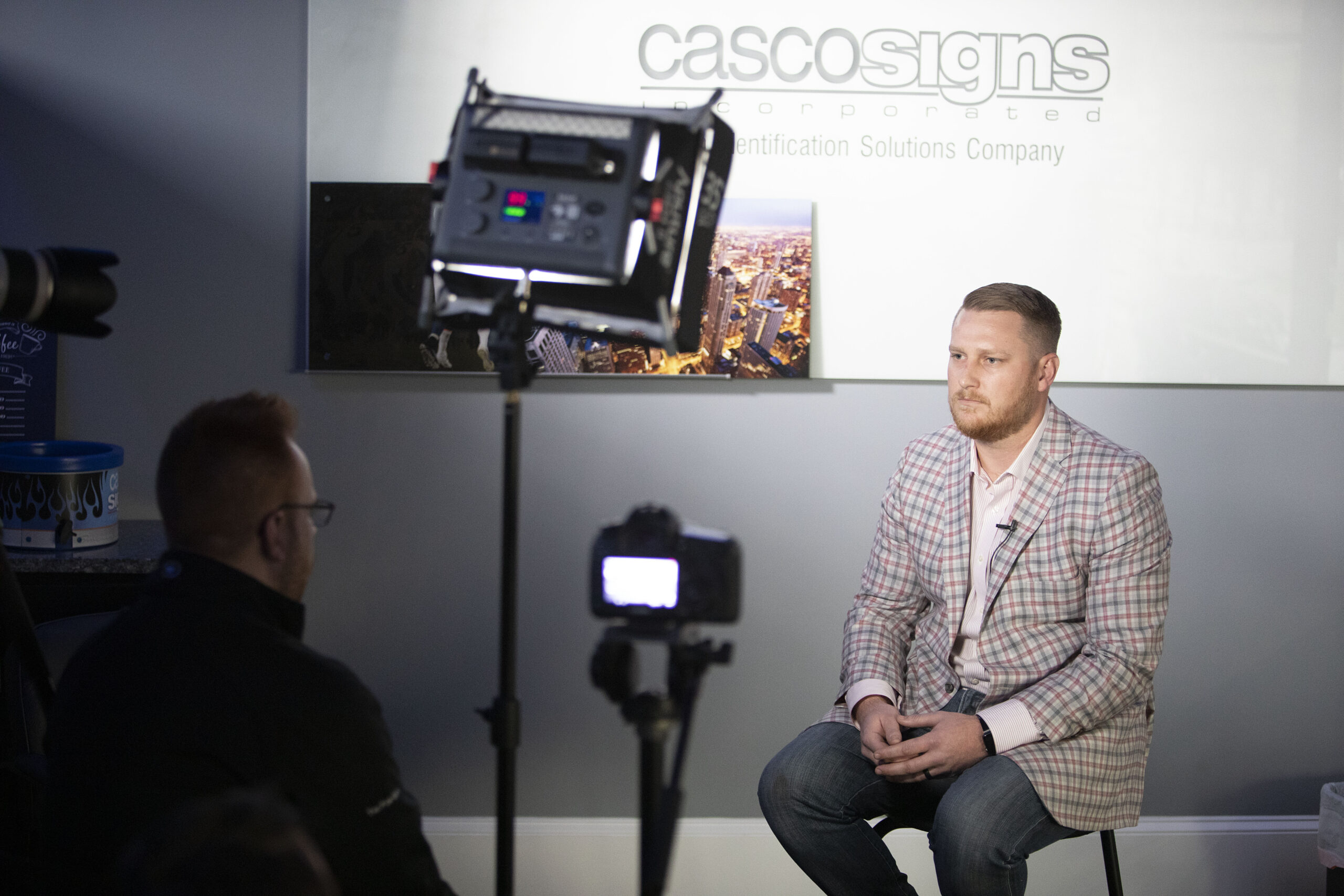Many printing companies excel at delivering top-of-the-line marketing materials for their clients but find themselves struggling to market and advertise their own companies. There could be many factors that go into this; lack of time and know-how are two that come to mind, but after instituting a few of the strategies below, you will find yourself on the right track towards creating successful marketing initiatives. The first on our list is arguably the most important and should be the first thing you do when starting any marketing campaign.
1. Know Your Customers & Target Audience
The first step to marketing for any business should always be to make sure you have a solid understanding of who your customer and target audience is. If you and your team don’t know the demographics, psychographics, and behavioral tendencies of your customers like the back of your hand, then how can you expect to know how to market to them?
Some questions to ask yourself:
- How old is your typical customer? How much work experience do they tend to have?
- What does your target audience care about most in your products/services?
- What does your customer’s buying decision look like? Is price a determining factor? What do they consider most and how do they make their decisions?
If you can answer the questions above you can start working on the rest of the strategies on this list.
2. Develop Your Brand Messaging & Value Proposition
Your brand’s value proposition contains the reason or reasons why customers should choose your product or service. What problem does your product/service solve and why are you the right choice compared to your competitors?
A common problem for printing companies is that a lot of the value propositions can look the same; affordability, quality, and speed of delivery. While it may be tough, think of what you do differently than others. Are your products eco-friendly? Do you have any specific patents that your customers should care about? If you can come up with one or two value propositions that set you apart from your customers, then you have a leg up that you can use in your branding and messaging.
3. Make Sure Your Website Looks & Functions Well
While you can certainly send people to your YouTube page, social media channels, or certain white pages, more often than not you will be sending customers to your website. Because of this, it’s imperative that your website not only looks modern and functions properly, but also is set up in a way that captures the visitor’s attention and drives action.
Some questions to ask yourself:
- Is your website mobile-responsive?
- Does your website load quickly?
- Does your website have conversion opportunities on most of its pages? (i.e forms, click-to-call buttons, email buttons, etc.)
- Does it accurately reflect your branding? Having consistent colors, design, and messaging is important. Is there enough content on each page? Is there TOO much content on each page?
- Is the content on your website engaging, relevant, and easy to understand?
- Is your value proposition easily identifiable? Don’t overly focus on the speed of your printers; most of your competitors are saying the same thing.
4. Utilize Social Media to Your Advantage
Social media is a powerful tool you can use to not only deliver your message but also listen to and interact with your customers. You don’t need to be ultra-active on every social media channel, but pick the sites that your target audience is most active on. For most printing companies, this will be Facebook, Instagram, and LinkedIn.
The most important things to remember here are to remain consistent with your posting, alternate the types of posts you create frequently, create fresh, relevant content, and engage with your followers as much as you can.
Posting Ideas
- Projects your printing company completed or are working on
- Company milestones & anniversaries
- Informational content (i.e blog posts, case studies, whitepapers)
- Your value proposition
- Lists & infographics


5. Paid Advertising in the Right Channels
One aspect of digital marketing that printing companies don’t utilize enough is paid advertising. Oftentimes they go through the effort to create meaningful content and just hope that it shows up in front of their target audience organically.
While it is important to create a steady stream of organic content creation, in today’s competitive market, companies must utilize the power of paid advertising channels to their advantage.
Some questions to ask yourself:
- What sites do your customers use the most and how do they use them?
- What is your overall goal for advertising? Increased sales? Generate brand awareness?
- What types of leads do you want? Phone calls? Form Submissions?
- What is your target cost per lead?
- What budget can you allocate to each advertising channel?
When you can answer the questions above, you can decide on what paid advertising channel is best for your printing company. Here is a breakdown of the most common ones below:


A Breakdown of The Most Common Channels
Facebook is a popular platform that companies use for their paid advertising efforts, for good reason. You can leverage its in-depth targeting to get in front of your target audience at a high rate. Like the other types of platforms we will mention below, there are many different kinds of Facebook ads you can run; here are some of the most common:
Image ads, or photo ads, as they are sometimes called, feature an image, some copy, and a call to action (CTA). They can either be utilized as boosted posts or dedicated ads. Want to include more than one image? Consider running Carousel Ads instead, where you can add up to 10 images or videos.
Similar to image ads, video ads are another common way in which businesses such as yours can target their intended audience on Facebook. The only difference being you are showing a video instead of a picture.
These types of ads allow you to collect valuable contact information and leads right on Facebook’s platform! Users can read your message, view your accompanying picture, and fill out the form attached directly on Facebook.
Google is the largest search engine in the world and is where your customers spend a lot of their time researching you and your competitors. Google consists of a bunch of different types of ads. The most common and also the most competitive types of google ads are Search Ads.
These ads show for people who are actively searching for keywords that you choose to target. While these ads can get fairly expensive due to the level of competition they bring, you are only paying for the ad if someone clicks on your link.
These are image ads that show up on websites that people are browsing. Because you aren’t showing up in front of people who are actively searching for a printing company (like you can with search ads), these ads are far cheaper and more geared toward building brand awareness.
These are ads that target people who have been to your website before or have completed a certain action. They are super powerful, especially for B2B companies because the buying decision is typically longer than in B2C cases. Utilize these ads to remain top-of-mind for potential clients that have already expressed interest in you.
YouTube is the second largest search engine in the world behind Google. Google owns YouTube, hence why we are talking about it in this section. These ads are great for printing companies because you can showcase some of your capabilities and work in a high-quality video. Video is becoming more important every year and YouTube ads are an extension of that.
LinkedIn ads are growing in popularity every year thanks to their advanced targeting capabilities and how the users use the site. LinkedIn ads are especially powerful for B2B companies because you can narrow your targeting to specific companies, position types, company revenue, and more. Most people scrolling LinkedIn are in a business mindset as well, adding to the platform’s intrinsic ad value. Each ad type below has different options of ads you can run, designed to help you achieve specific goals.
These ads, sometimes referred to as native ads, show up in your audiences’ LinkedIn feed on all devices. They can consist of carousel ads, image ads, or video ads.
Sponsored messaging ads let you directly advertise to LinkedIn members in their inbox. There is a limit to how many times each member in your audience can receive a sponsored message from you.
Similar to the lead-gen forms we mentioned on Facebook, these ads are a great way to collect leads right on LinkedIn.
These ads show up along the top and right-hand side of LinkedIn’s desktop feed.
6. New, Valuable Content Creation
We can’t stress the importance of consistent, valuable content creation. After learning who your customer is, how they interact with companies such as yours, and what problems they face, you must engage them with a steady stream of relevant content. Mix lead generation content with informational content. Creating content that speaks to users at all positions in the sales funnel is crucial for creating new customer opportunities and closing current ones.
Content ideas:
- Videos showing your capabilities, differences, and history of helping your customers.
- Photos of current projects and milestones.
- Blogs that answer your customer’s questions, address their problems, and educate them on your product and services.
- Infographics that capture your audience’s attention better than a post with text.
- Social media posts that engage your intended audience.


In Summary
The printing industry is very visual by nature. This presents an immediate advantage for printing companies by which they can leverage their already existing design capabilities and keen eye into relatable, engaging marketing content & collateral.
To take the next step in differentiating yourself from your direct competitors, start implementing some of the strategies we outlined above! As always, if you want to set up a meeting to discuss how Howell Studios can help you in your marketing efforts, fill out the form below and we will be happy to chat!




